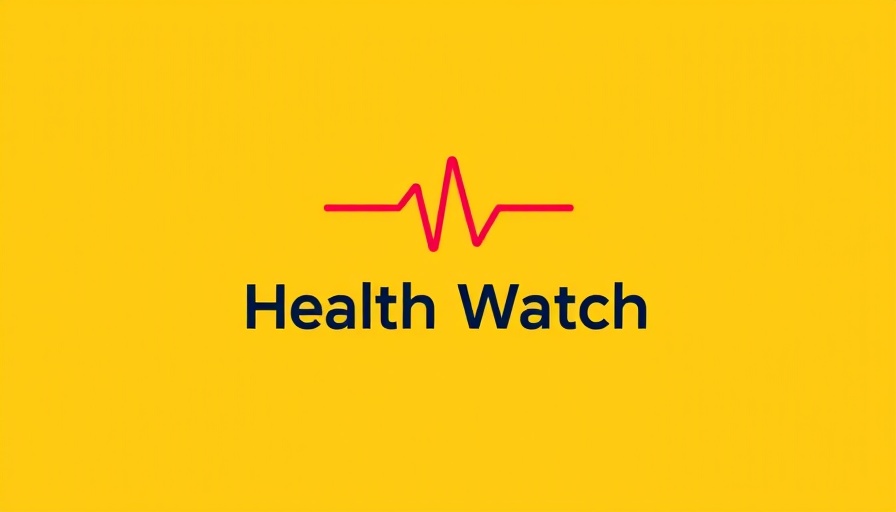
The Looming Threat: How Government Shutdowns Impact Local Health Departments
As the federal government shutdown looms ominously, local health departments are grappling with the potential fallout. This isn’t just a bureaucratic issue; the ramifications touch the lives of millions who rely on essential health services. From nutrition assistance to emergency responses during disease outbreaks, the shutdown could create a perfect storm for public health.
Worries About Staffing and Service Availability
Health departments across the nation are raising flags about staffing shortages and service cuts. Experts warn that the uncertainty of federal funding could lead to significant layoffs and reduced capacities at health centers, particularly those serving low-income populations. Jim Mangia, president and CEO of St. John’s Community Health, highlights the urgency of the situation: “This is the worst time in all the years I have been working in health care.” With federal funds rapidly diminishing, local health departments may have to make harsh decisions, including cutting vital services.
Link Between Budget Cuts and Health Outcomes
Research indicates a clear link between funding stability and community health outcomes. Health centers like those under St. John’s umbrella provide critical services that cater to underserved communities, ensuring equitable access to healthcare. The potential for budget cuts means that those already facing barriers to care will have fewer options. This situation could exacerbate health disparities, particularly among vulnerable populations.
Legal and Legislative Frame of Community Health Funding
The legal framework regulating funding for health departments complicates matters further. The Community Health Center Fund (CHCF), crucial for operation, expired on October 1, 2025. This funding lapse could hinder operations, as these centers considerably rely on federal support. The National Association of Community Health Centers has warned that without immediate federal intervention, many centers could struggle to remain open.
Addressing Disease Outbreaks: A Race Against Time
As the government shutdown pulls resources back, local health departments may face increasing challenges in handling disease outbreaks. The Centers for Disease Control and Prevention (CDC) typically furnishes guidance and resources to local departments, but inadequate funding could hinder response capabilities. Without sufficient manpower or resources, the risk of uncontained outbreaks escalates considerably in communities already burdened with high health risks.
Nutrition Services: A Critical Vulnerability
Nutrition services, often localized and community-driven, are under threat with the reduction of health department resources. These programs are pivotal during public health crises, providing populations with the nutrition necessary to keep diseases at bay. Many families rely on these services, and without them, an increase in food insecurity could occur, ultimately exacerbating health issues within vulnerable populations.
Future Implications: Community Health Depends on Funding
Looking ahead, the consequences of the shutdown will ripple through communities, threatening the very fabric of public health services. According to the KFF Health News article on federal funding lapses, some health centers could entirely close, shattering the networks of support that low-income patients have relied on for decades. As Congress debates funding futures, advocacy for long-term health financing solutions remains critical.
Constructive Actions for Communities
Engaging local governments and citizens in the conversation about health funding could provide pathways to solutions. Community coalitions, like those forming in Los Angeles to secure local funding for health services, signal a proactive approach to mitigate federal funding risks. Residents can advocate for their health by voicing their needs to local representatives, encouraging innovative solutions that reflect community priorities.
Conclusion: Take Action to Protect Public Health
As uncertainty looms over government operations, it is essential that communities rally to safeguard public health resources. Stay informed, get involved, and advocate for ensuring that local health departments remain funded and fully operational. Your voice matters in influencing the future of health services in your community!
 Add Row
Add Row  Add
Add 




Write A Comment